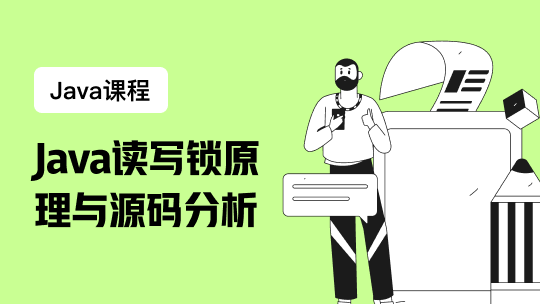自定义Http Header和HttpBody
GET请求
构造HttpHeaders对象,主要是安全验证
HttpHeaders headers = new HttpHeaders();
headers.add("Date", auth.get(0));
headers.add("Authorization", auth.get(1));
使用HttpHeaders对象构造HttpEntity:
HttpEntity request = new HttpEntity(headers);
发送GET请求
使用resttemplate.getForEntity是不能设置请求http头的,需要使用通用的请求方法resttemplate.exchange,并指定请求类型(GET请求类型)
ResponseEntity<String> responseEntity = restTemplate.exchange(host + url, HttpMethod.GET, request, String.class, vars);
POST请求
构造HttpHeaders对象,主要是安全验证
HttpHeaders headers = new HttpHeaders();
headers.add("Date", auth.get(0));
headers.add("Authorization", auth.get(1));
使用HttpHeaders对象构造HttpEntity:
HttpEntity request = new HttpEntity(jsondata.toString(),headers);
HttpEntity接收一个参数时,参数类型HttpHeaders,表示Http头,接收两个参数,第一个参数为HttpBody(http请求体),第二个HttpHeaders。
此处json对象一定记得转为字符串,不然会出现没有合适的
HttpMessageConverter错误。
发送PSOT请求
ResponseEntity<String> responseEntity = restTemplate.postForEntity(host + url, request, String.class);
也可使用exchange方法发送post请求。
POST发送表单
设置Http头ContentType为
MediaType.MULTIPART_FORM_DATA,表示表单的数据;设置Http Body为具体表单数据。表单数据为Map类型。
使用RestTemplate发送post请求。
MultiValueMap<String, String> formData = new LinkedMultiValueMap<String, String>(); formData.put("name", Arrays.asList("zhangsan")); formData.put("age", Arrays.asList("23")); formData.put("email", Arrays.asList("zhangsan@gmail.com")); HttpHeaders header = new HttpHeaders(); header.setContentType(MediaType.MULTIPART_FORM_DATA); HttpEntity<MultiValueMap<String, String>> requestHttp = new HttpEntity<MultiValueMap<String, String>>(formData, header); String response = restTemplate.postForObject("http://localhost:8080/person", requestHttp, String.class); System.out.println(response);
POST 文件上传
待整理













